I have a slight problem trying to understand how to determine the output impedance of a emitter-follower configuration using the re model for small signal analysis. I also added the contribution of \$r_o\$.
From my understanding of circuit theory and analysis theorems, to determine the output impedance, I have to set the input \$V_i = 0\text{ V}\$ (\$R_b\$ has no influence now) and keep \$V_o\$ at a constant value (please correct me if I am wrong, I mostly study on my own without having someone to give me feedback on my understanding). I keep the controlled current source (for there still is a current going though the base node), \$\beta r_e\$, \$r_o\$ and \$R_e\$.
My first instinct would be to calculate $$Zo = \beta r_e \parallel r_o \parallel R_e$$
But I find in the book that $$Zo = \frac{\beta r_e}{\beta + 1} \parallel r_o \parallel R_e$$
What exactly is it that I don't understand?


